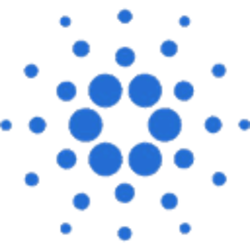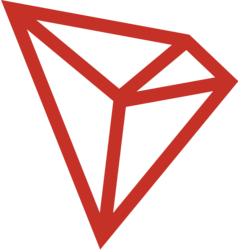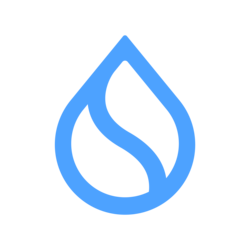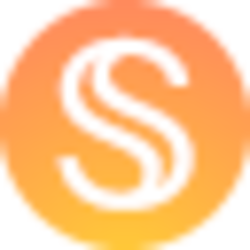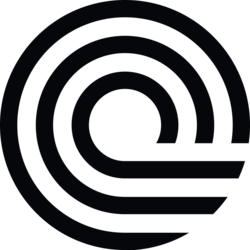Introduction
Windows operating system has been a cornerstone of productivity for millions of users worldwide. However, there are certain features that, if implemented, could take user productivity to the next level. In a recent article on theregister.com, the author discusses ten Windows features that have the potential to significantly enhance productivity for users. Let's delve into these features and explore how they could revolutionize the way we work and interact with our PCs.
Integrated Time Tracking
One of the standout features that could greatly aid productivity is an integrated time tracking tool within Windows. This feature would allow users to effortlessly monitor the time spent on various tasks, projects, or applications. By having this information readily available, individuals can better manage their time, identify inefficiencies, and allocate resources more effectively.
Imagine being able to see detailed reports on how you've spent your time during the day, week, or month directly within Windows. This level of insight could empower users to make informed decisions about task prioritization and time management, ultimately enhancing productivity in both professional and personal spheres.
Enhanced Virtual Desktops
Virtual desktops are a powerful tool for organizing workspaces and multitasking, but there is room for improvement. A feature that allows users to have enhanced virtual desktop capabilities could revolutionize the way we manage different tasks and projects simultaneously.
With the ability to customize virtual desktop layouts, assign specific applications to designated desktops, and effortlessly switch between configurations, users could experience a seamless and efficient workflow. This enhanced functionality could streamline task management and boost productivity by reducing distractions and unnecessary clutter on the desktop.
AI-Powered Task Automation
Automation is key to saving time and streamlining workflows. By integrating artificial intelligence (AI) technology into Windows for task automation, users could offload repetitive and mundane tasks to the system, allowing them to focus on more high-value work.
An AI-powered task automation feature could learn user habits and preferences over time, automatically suggesting shortcuts, automations, and optimizations based on individual usage patterns. This tailored approach to automation could significantly boost efficiency and productivity, enabling users to work smarter, not harder.
Improved File Management
Efficient file management is essential for productivity, yet many users struggle with organizing and accessing their files. Windows could introduce features such as intelligent file tagging, advanced search capabilities, and contextual file suggestions to streamline the file management process.
With an intuitive and intelligent file management system, users could save time searching for specific documents, collaborate more effectively on shared files, and maintain a clutter-free digital workspace. These enhancements would not only increase productivity but also simplify the user experience when dealing with files and folders.
Collaborative Workspace Integration
In today's interconnected world, seamless collaboration is a necessity for many professionals. Windows could introduce a collaborative workspace integration feature that facilitates real-time collaboration, file sharing, and communication within the operating system.
Imagine being able to work on a document with a colleague in a shared virtual workspace directly within Windows, with chat, comments, and version control built-in. This feature would streamline collaborative efforts, reduce the need to switch between multiple platforms, and foster better teamwork among users, ultimately enhancing productivity in a collaborative work environment.
Enhanced Taskbar Customization
The taskbar is a central hub for launching applications and managing tasks in Windows. By offering enhanced taskbar customization options, users could tailor their taskbar layout, icons, and shortcuts to suit their specific workflow and preferences.
With the ability to group related applications, pin frequently used tools, and customize taskbar behaviors, users could navigate their tasks and applications more efficiently. This personalized approach to taskbar customization could boost productivity by minimizing time spent searching for and switching between applications, ultimately increasing workflow efficiency.
If you have any questions, please don't hesitate to Contact Us
Back to Technology News








